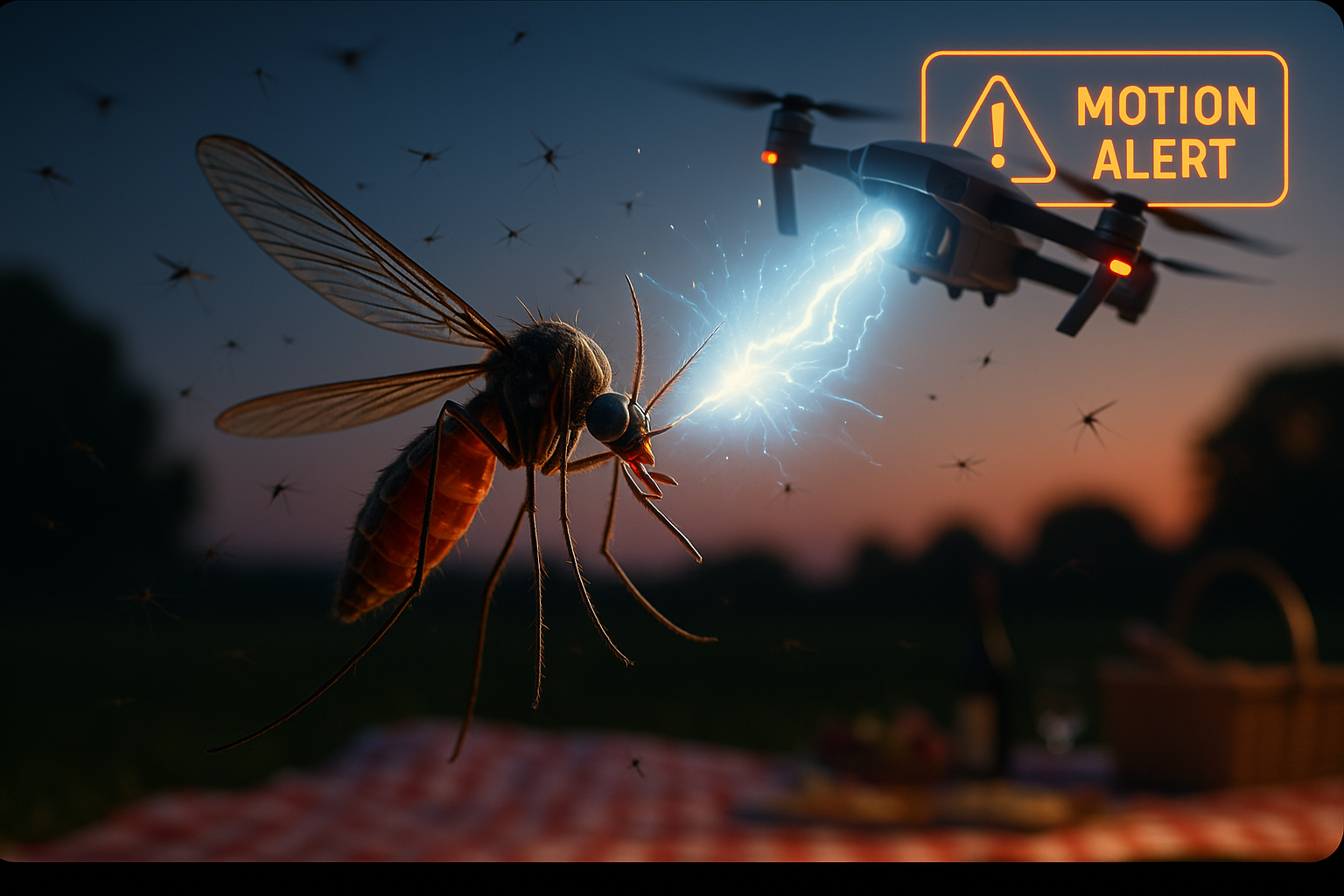
AI vs. Mosquitoes: From India’s Smart Surveillance to St. Louis Solutions
AI vs. Mosquitoes: From India’s Smart Surveillance to St. Louis Solutions
In Andhra Pradesh, India, a groundbreaking public health initiative is using AI to wage war on mosquito-borne diseases. The Smart Mosquito Surveillance System (SMoSS) integrates computer vision, environmental data, and real-time AI analysis to detect mosquito larvae and monitor breeding hotspots with precision. With over 50 municipalities using the system, Andhra Pradesh has seen significant reductions in mosquito populations, chemical usage, and disease outbreaks like dengue and malaria. It’s a compelling example of how AI isn’t just theoretical—it’s solving real, local problems at scale.
Imagine a similar approach here in St. Louis, where hot, humid summers provide an ideal breeding ground for mosquitoes—and where West Nile virus and other risks remain persistent concerns. By deploying camera-equipped drones or affordable AI-powered sensors in parks, drainage basins, and standing water zones, the city could map mosquito density in real time. Coupling that data with weather patterns and neighborhood reports could help public health teams time interventions more precisely, reducing blanket pesticide use while increasing effectiveness.
Smart surveillance like SMoSS doesn’t just fight mosquitoes—it strengthens community resilience, saves municipal resources, and aligns with Spark’s belief in AI for good. For cities like St. Louis, it’s time to think beyond bug spray and toward tech-powered prevention. As global solutions emerge, we have a chance to localize and lead—ensuring our neighborhoods are safer, healthier, and smarter.




